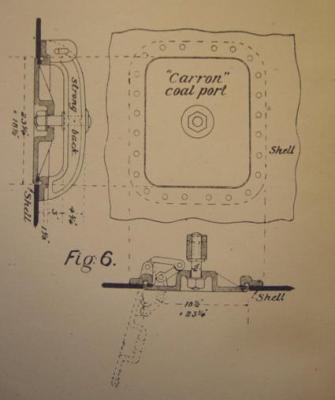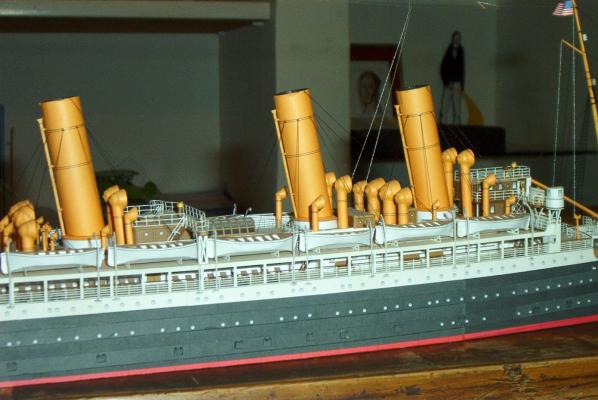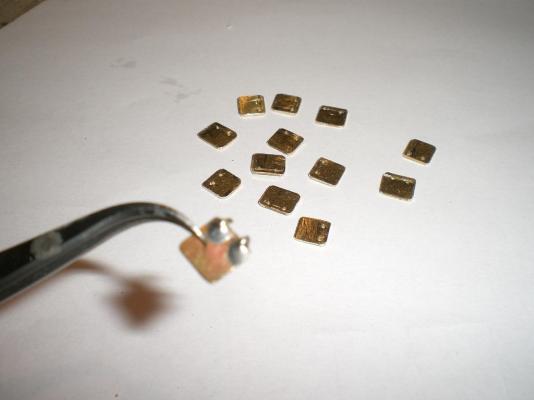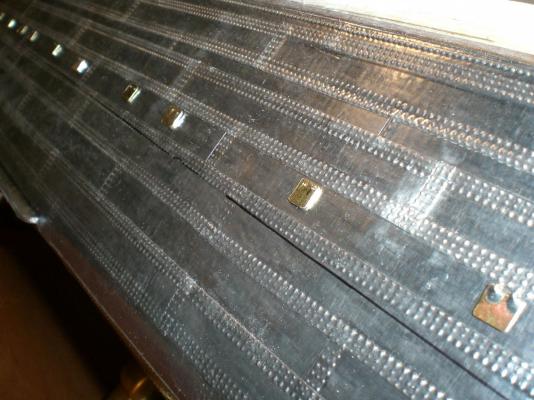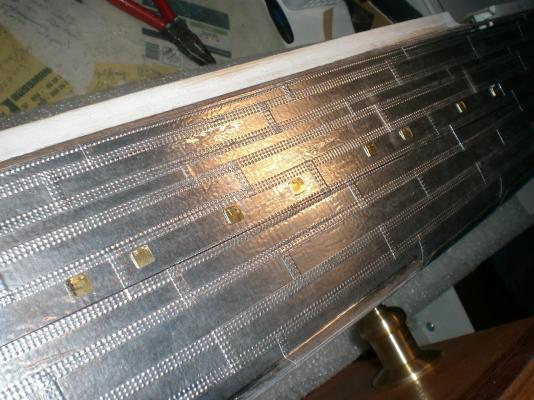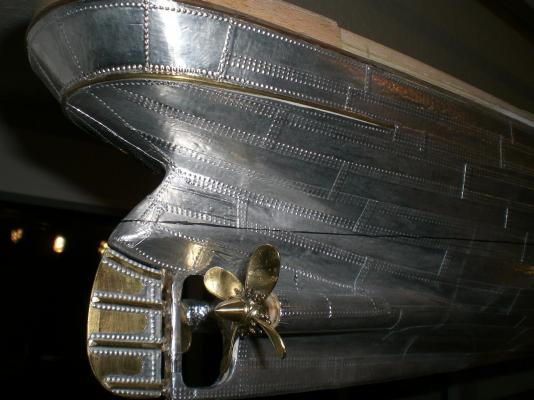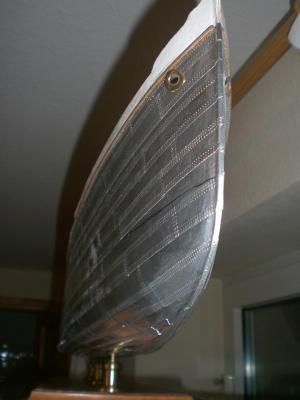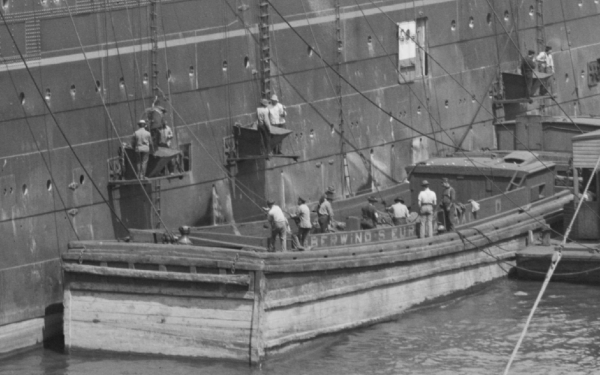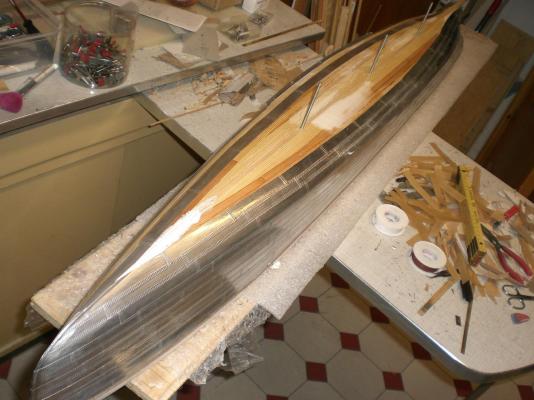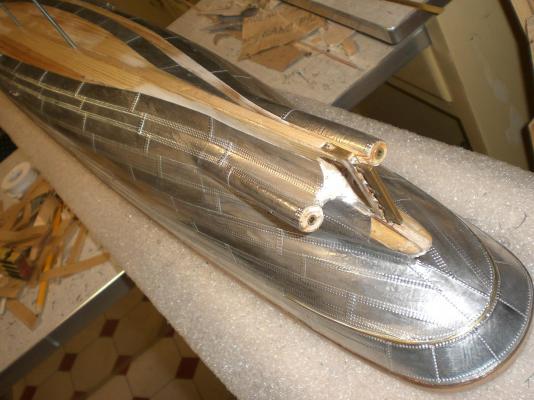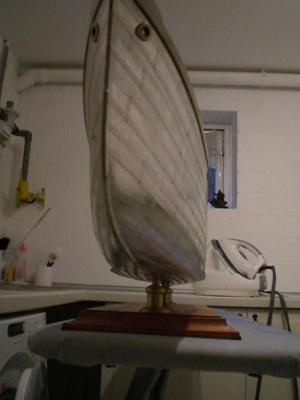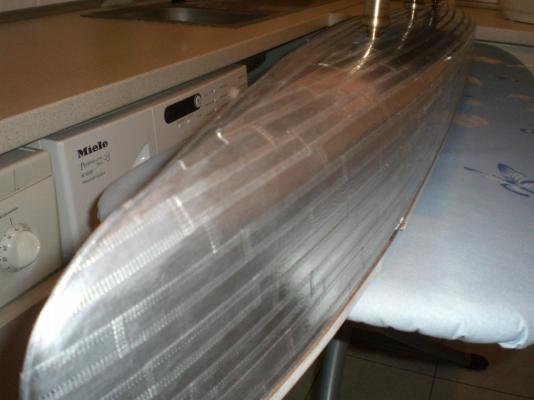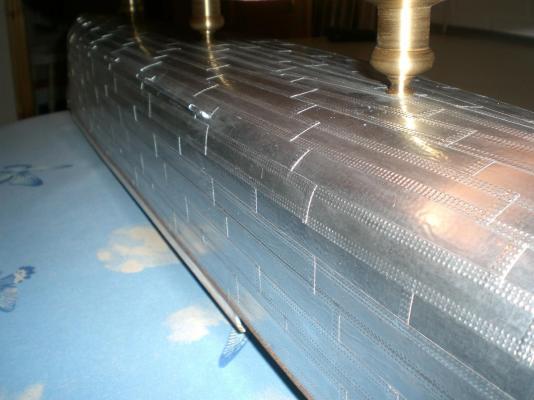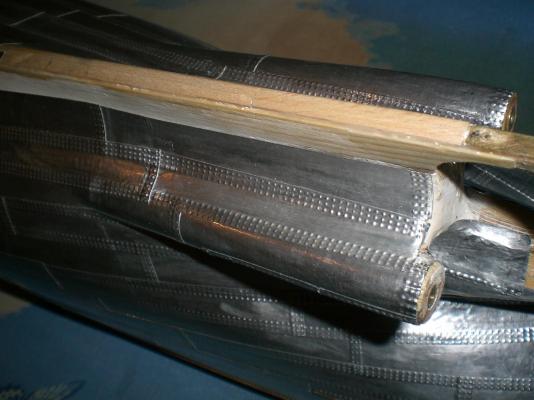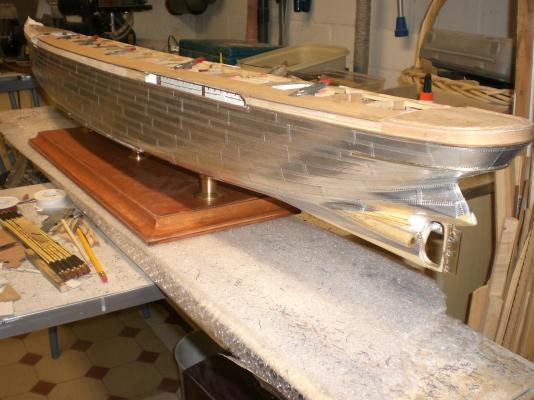-
Posts
7,407 -
Joined
-
Last visited
Content Type
Profiles
Forums
Gallery
Events
Everything posted by Mirabell61
-
thank you very much Martin, Nils
- 2,625 replies
-
- kaiser wilhelm der grosse
- passenger steamer
-
(and 1 more)
Tagged with:
-
Thank you all so much... Dirk - Steve - David - Denis - Daniel - Christian - Bob - Marc , for your Kind birthday greetings yesterday and for your nice appreciations and comments best regards, Nils
- 2,625 replies
-
- kaiser wilhelm der grosse
- passenger steamer
-
(and 1 more)
Tagged with:
-
Dan, shaping arranging and mounting of those rails and railings are fantastic (wow in that scale !) very well done.. Nils
- 108 replies
-
- andrea doria
- ocean liner
-
(and 1 more)
Tagged with:
-
Hi Daniel, Thanks for visiting the KWdG log, and many thanks for your kind words... Nils
- 2,625 replies
-
- kaiser wilhelm der grosse
- passenger steamer
-
(and 1 more)
Tagged with:
-
Dimitris and Patrick, thanks very much for your birthday greetings, much appreciated... Nils
- 2,625 replies
-
- kaiser wilhelm der grosse
- passenger steamer
-
(and 1 more)
Tagged with:
-
Thanks Bill, would be nice, I wish you luck in tracking the model you built, even if it was sold....after 18 years, not an easy Task Nils
- 2,625 replies
-
- kaiser wilhelm der grosse
- passenger steamer
-
(and 1 more)
Tagged with:
-
- 2,625 replies
-
- kaiser wilhelm der grosse
- passenger steamer
-
(and 1 more)
Tagged with:
-
Thank you Pete, I`m happy that you like the build as it is to date... Nils
- 2,625 replies
-
- kaiser wilhelm der grosse
- passenger steamer
-
(and 1 more)
Tagged with:
-
Many thanks to Bill, Johann, Crackers and Jan, and all who expressed their "likes" by hitting the appr. button... Bill, that is very interesting of the 53" Titanic, must be scale 1:200, do you have any pics of the building Phase and the completed model? How was your experience with the French plans set Johann, thanks for your nice words, much appreciated Crackers, nice comments, thats a real smooth treat for the toungue I guess, glad you follow the build log... Jan, thanks for your Input. Those doors have a real good kinematic Lever System in order to lock and seal tight against rough seas. Hopefully one of our fellow builders may hold a good pic of the KWdG showing the bunker doors, and perhaps even taken from the waterside when bunkering at the pier Nils
- 2,625 replies
-
- kaiser wilhelm der grosse
- passenger steamer
-
(and 1 more)
Tagged with:
-
Hi Bill, amazing how well you thought about the hinge positions, you are reflecting exactly my own thoughts this morning, The only reason for "hinges on top" was for the pattern shown on the card KWdG in scale 1:250. which I sometimes use for checking dimensions... I also asked myself if it were not better to place the hinges at the bottom. I remembered the pic of bunkering at Hoboken, where the the liner seems to have the hatch covers in two doorhalves that each swing open to 180 °, this allowing the coal funnels to be set in quite easily, in case they were not built in here hinges on top, but it may be wrong, who knows ? Nils
- 2,625 replies
-
- kaiser wilhelm der grosse
- passenger steamer
-
(and 1 more)
Tagged with:
-
Thanks very much Nigel Nils
- 2,625 replies
-
- kaiser wilhelm der grosse
- passenger steamer
-
(and 1 more)
Tagged with:
-
Little update... These little hatch doors will cover the openings for bunkering coal, ( 13 on each side) where the slide-chutes are placed ..... Hull is now covered with plating, and the waterline is marked, (for applying the masking tape, when painting), with an permanent ink marker Nils this, borrowed from the web, shows a dutch liner being bunkered with coal at NY Hoboken piers the bunker hatches will bear the hinges on the top sides The black marking is the waterline doors not permanently mounted yet, have to coordinate the correct positions together with the portholes on that level. Just noticed, it must be one level (belt) higher, and not so near to the waterline
- 2,625 replies
-
- kaiser wilhelm der grosse
- passenger steamer
-
(and 1 more)
Tagged with:
-
Beautiful build NIgel, I like very much that you avoided painting the Wood, it Looks so good with the natural Wood... Nils
- 270 replies
-
- red dragon
- artesania latina
-
(and 1 more)
Tagged with:
-
Hi Dimitris, Thanks for your words, I saw from all your "likes" that you had a thorough look at the early and recent Posts, thanks a lot for dropping in, you`re always wellcome, and I`m glad you found this interest in the build..., Stay tuned... Nils
- 2,625 replies
-
- kaiser wilhelm der grosse
- passenger steamer
-
(and 1 more)
Tagged with:
-
Thanks Marc, for your nice words. Before I started sewing my own sails I had neighther experience with the sewing machine, nor doing narrow hems. One day I had the idea of using the zic-zac stitch function, by laying the "bolt rope" in the middle of the foreseen zic-zac layed over the rope, and then folding it in the produced hem area. It took some Trials practicing the correct Parameters of the stitch Settings, but then it worked out fine. Wish you good success with your sewing of the next sails Nils
-
Thank you very much Dave and Grant, and all the"likes" appreciations... I`m glad that this build finds so much interest, as it is (to my knowledge) not so often found as a model Nils
- 2,625 replies
-
- kaiser wilhelm der grosse
- passenger steamer
-
(and 1 more)
Tagged with:
-
David, thanks to you, she was awarded the blue ribband due to the speed, which again was a result of good design engineering, but she was also subject to negative rolling performance with the narrow beam Nils
- 2,625 replies
-
- kaiser wilhelm der grosse
- passenger steamer
-
(and 1 more)
Tagged with:
-
Thank you so much Mark and Patrick, for your nice words, very much appreciated... Nils
- 2,625 replies
-
- kaiser wilhelm der grosse
- passenger steamer
-
(and 1 more)
Tagged with:
-
Many thanks to SAL, and Crackers, and all "likes" for the many nice appreciations foir the KWdG build... Nils
- 2,625 replies
-
- kaiser wilhelm der grosse
- passenger steamer
-
(and 1 more)
Tagged with:
-
Hello Mick, thanks for your nice comment. Have just finished the bottom plating and put the hull back on the stand again. There still remain some small areas at the stern to be plated... Nils removed the stand plate, and left the 3 spindles standing the last bottom plate was put on this afternoon.. here the staggered vertical joints can be well seen...
- 2,625 replies
-
- kaiser wilhelm der grosse
- passenger steamer
-
(and 1 more)
Tagged with:
-
Patrick, good luck with your surgery my freind, hopefuly you`ll be freed from that pain the Stone causes asap. Wishing you a speedy recovery, and get well soon... Nils
- 1,083 replies
-
Bob and David, thank you very much for nice comments, I think one more day and the plating will cover the entire hull.. Nils
- 2,625 replies
-
- kaiser wilhelm der grosse
- passenger steamer
-
(and 1 more)
Tagged with:
About us
Modelshipworld - Advancing Ship Modeling through Research
SSL Secured
Your security is important for us so this Website is SSL-Secured
NRG Mailing Address
Nautical Research Guild
237 South Lincoln Street
Westmont IL, 60559-1917
Model Ship World ® and the MSW logo are Registered Trademarks, and belong to the Nautical Research Guild (United States Patent and Trademark Office: No. 6,929,264 & No. 6,929,274, registered Dec. 20, 2022)
Helpful Links
About the NRG
If you enjoy building ship models that are historically accurate as well as beautiful, then The Nautical Research Guild (NRG) is just right for you.
The Guild is a non-profit educational organization whose mission is to “Advance Ship Modeling Through Research”. We provide support to our members in their efforts to raise the quality of their model ships.
The Nautical Research Guild has published our world-renowned quarterly magazine, The Nautical Research Journal, since 1955. The pages of the Journal are full of articles by accomplished ship modelers who show you how they create those exquisite details on their models, and by maritime historians who show you the correct details to build. The Journal is available in both print and digital editions. Go to the NRG web site (www.thenrg.org) to download a complimentary digital copy of the Journal. The NRG also publishes plan sets, books and compilations of back issues of the Journal and the former Ships in Scale and Model Ship Builder magazines.




